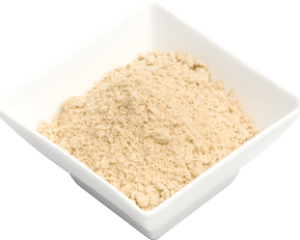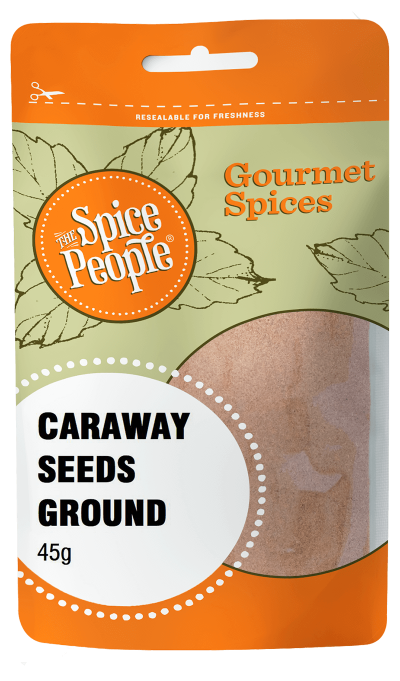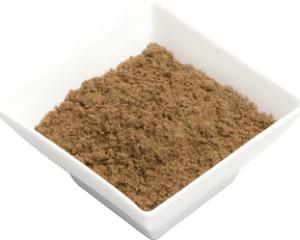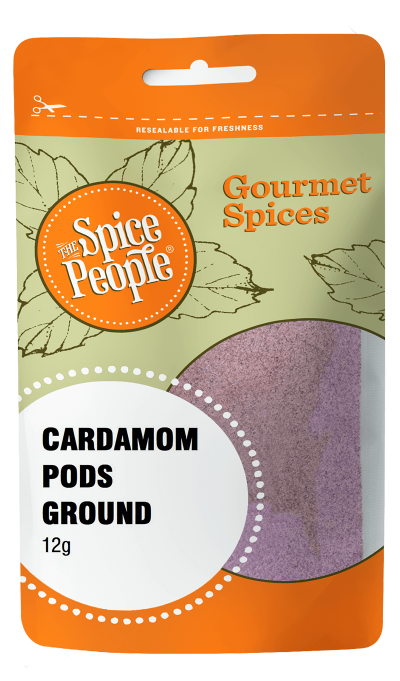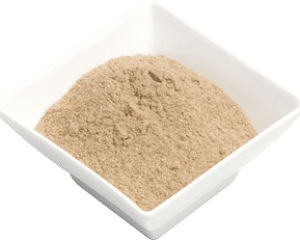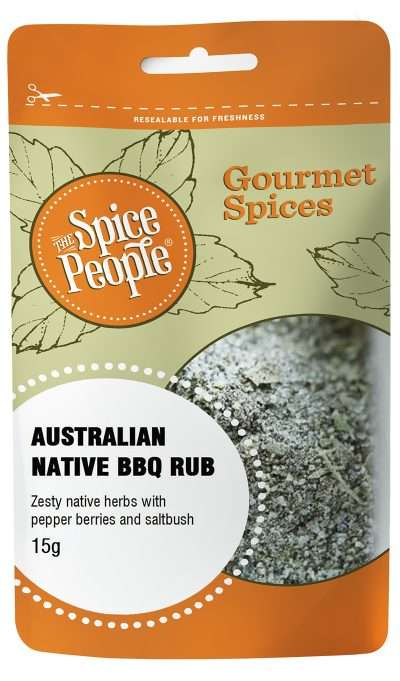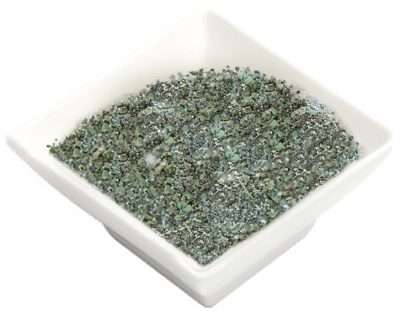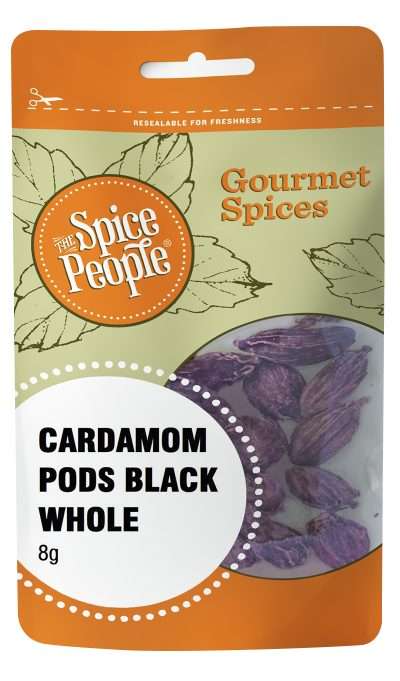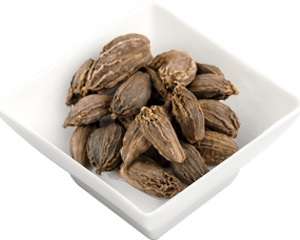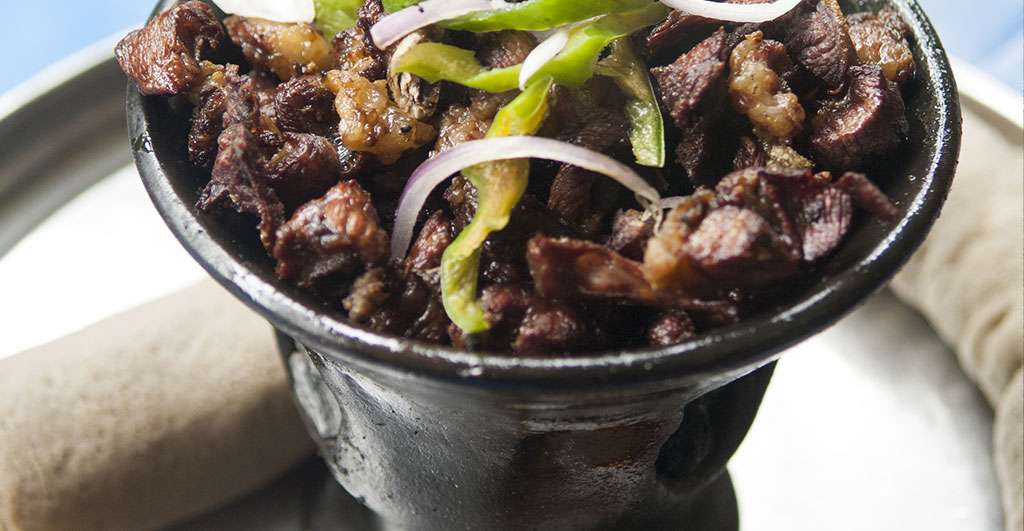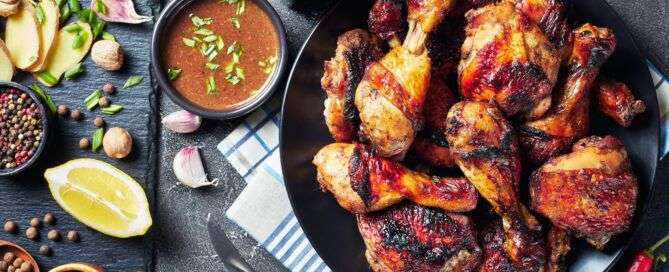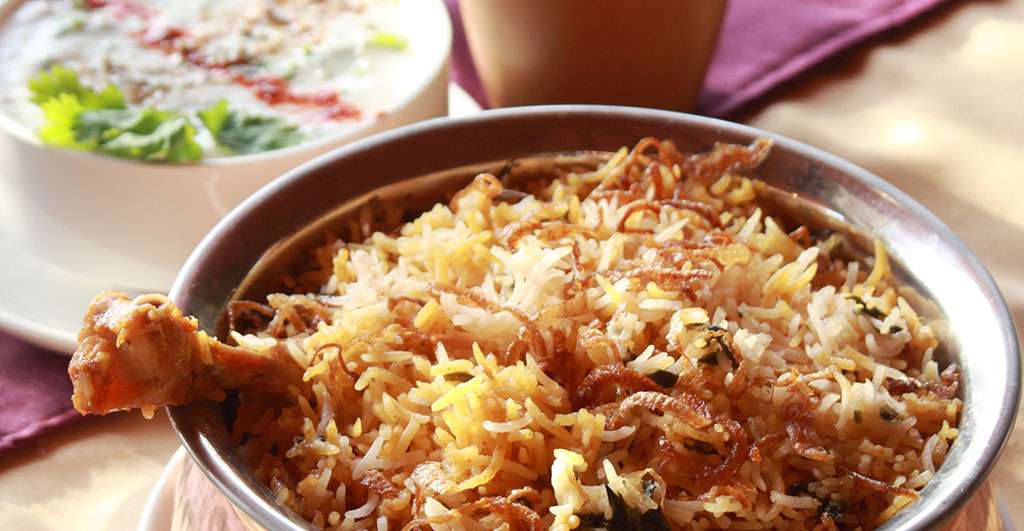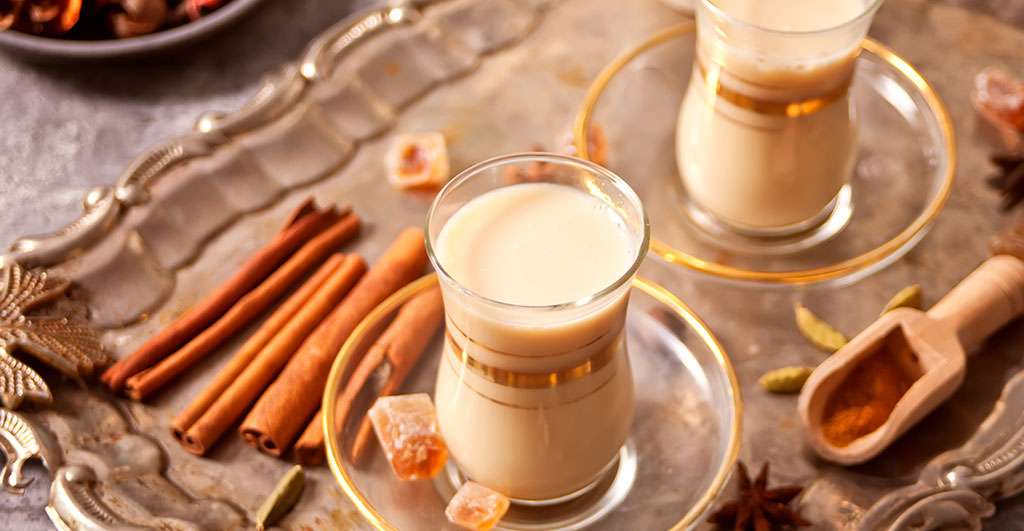Ginger Ground – 55g
883 in stock
Product description
Ground ginger is ginger that has been dried and finely milled. It has a lemony fresh aroma and tangy freshness, slight spiciness and warmth that marry well with cakes, pastries and bread mixes as well as Indian and Asian curries. Ginger is considered a versatile spice, it can be used in sweet and savoury dishes and can replace fresh ginger in any recipe. In its powered form it is key ingredient in curry blends and Chinese Five Spice.
Flavour Notes:
Warm and spicy with a sweet hint, dried ground ginger is slightly milder than its fresh counterpart but is a great way of blending a ginger flavour seamlessly into your dishes without whole pieces of ginger.
Culinary Notes:
Ground into a fine powder, Ground Ginger blends seamlessly into soups, stews, braises, marinades or even teas. Its digestive-aiding ability works perfectly to soothe an upset stomach. Ginger is widely used in Chinese dishes like tradiitonal hot pot, stir fries and soups.
Health Benefits:
Ginger can aid in digestion as it contains the compound gingerol which has been shown to boost metabolism. It can help to treat nausea during pregnancy. It has antioxidant and anti-inflammatory properties.
Ingredients:
100% dried Ground Ginger
How to use

The Spice People FAQs


The Spice People FAQs

Other Spices you may like
Featured in



Join the Spice People to Get Started on Your Culinary Spice Journey!
Be the first to hear about our exclusive promotions, new product releases, recipes and more.

